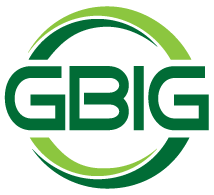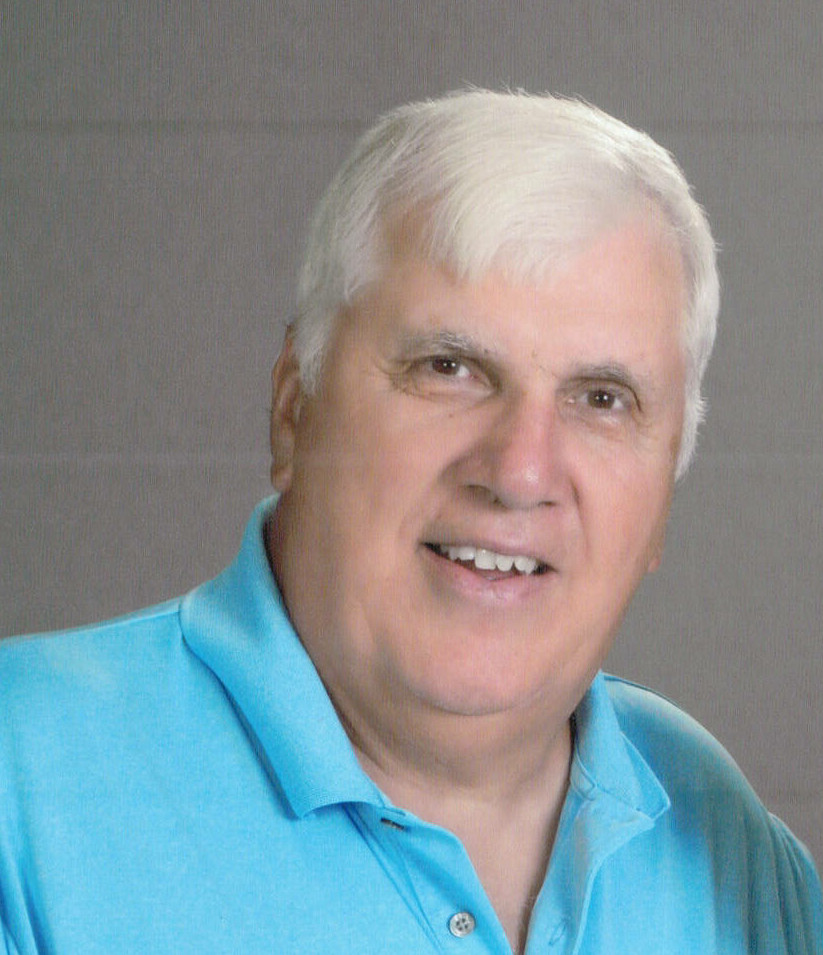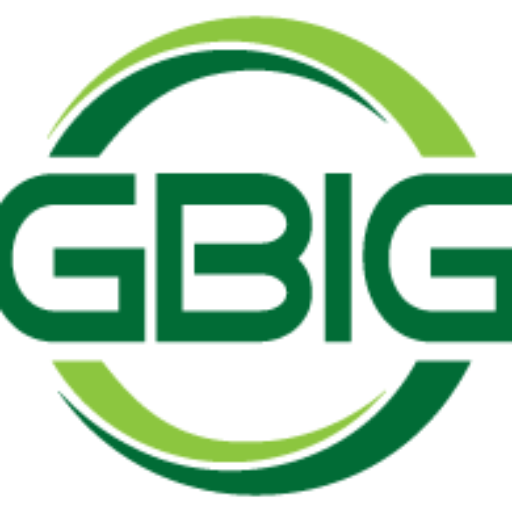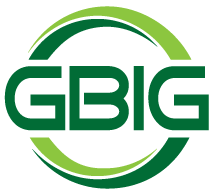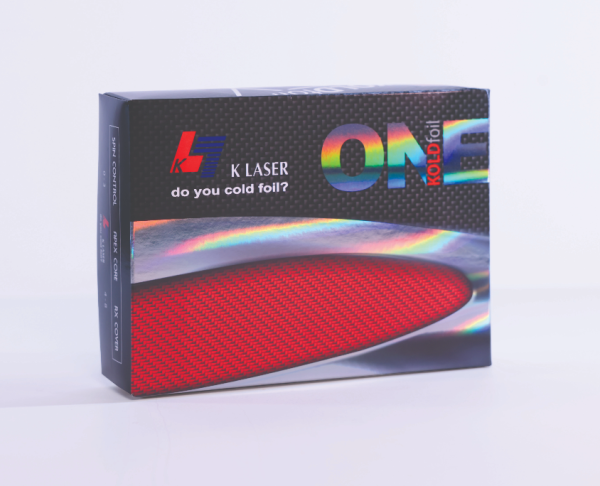
Sheetfed offset printing has long been known for its high quality, intricate, luxurious print capabilities. However, one of its few downfalls has been the industry’s ability to print brilliant cold foil applications. Though many have tried, few have succeeded in achieving the sheen and shine of a smooth, glossy metallic effect that cold foil is known for. The existing cold foil process in sheetfed offset is largely to blame for this. Recently, cold foil equipment manufacturer, Eagle Systems, has introduced a new equipment solution and new process for sheetfed offset cold foil printing.
As a leader in cold foil substrates and adhesives manufacturing, K Laser Technology will discuss in this article how the new process differs from the old way, how it resolves many common cold foil defects the industry has struggled with for years, and the KOLDfoil ONE substrate solution for brilliant, shiny cold foil print.
OUT WITH THE OLD
Since the advent of cold foil in the sheetfed offset printing industry, printers have suffered from dull, tacky cold foil print, prone to dulling, scratching, and skewing. This is due to the old process of cold foil printing. Traditionally, cold foil printing in sheetfed offset has been run in the following order.
- A tacky conventional or UV cold foil adhesive is applied with a standard litho plate in the first print station.
- The second print station, with a special hard durometer cylinder, is used as the nipping station.
- The foil is then nipped between the blanket and impression cylinder onto the cold foil adhesive, slightly raised and gummy in order to effectively stick and pull the foil from the liner.
- After successful cold foil transfer, the remaining print units are used to apply CMYK and spot color printing around or over the cold foil for a unique colors and design.
- Lastly, the cold foil adhesive and printed inks are air dried or UV-cured at the end of the print process.
There have been a few troubles with this cold foil process, as follows:
- The printer requires very loose foils in order to adhere to the tacky glue. This causes a lot of airborne glitter that may end up in the press or the printed material, ruining your print quality.
- Due to the raised tackiness of the glue adhesive, the finished cold foil can appear bump resulting in a dull, grainy finish.
- An additional problem with the glue stickiness is the adhesive tends to gum up the ink train system making it difficult to clean and impacting print quality.
- Printers failed to have foil indexing capabilities, leaving a high amount of foil waste.
- Poor adhesion to the substrate and its likeliness to scratch or rub off requires printers to apply a top coating to improve scratch resistance.
- Finding a good combination of cold foil and conventional ink to provide good adhesion has been difficult.
Often, sheetfed offset printers that embraced this cold foil process struggled with less profitable operations, lower press speeds, increased downtime for cleaning, and more customer rejections. If this sounds like you, we have good news! At the 2022 Print UV Conference, Eagle Systems, a leader in cold foil equipment for sheetfed offset applications, announced their new cold foil equipment and foil cure process, compatible with many popular press makes and models. This emerging technology has paved the way for brilliant, glossy cold foil to shine in the sheetfed offset industry – let’s take a look!
IN WITH THE NEW
The new way to print cold foil in sheetfed offset is very similar to the successful cold foil process found in the flexographic printing industry. The new processes changes the previous order to prioritize drying the adhesive prior to stripping the substrate. The new cold foil process is:

- A thin, uniform, and non-tacky UV cold foil adhesive is printed on the first station using a standard printing plate.
- The foil is then nipped at the second print station.
- The foil remains laminated on top of the substrate as it passes through a UV dryer, curing the cold foil adhesive thoroughly.
- The excess foil is then stripped off using a stripping roll and the sheet enters the rest of the press for CMYK, CMYKOGV or spot color printing.
This new cold foil application solves several issues, due to the removal of the tacky adhesive and moving the UV dryer earlier into the process. This application is also similar to the cast and cure process, so if you have cast and cure equipment you can use it for this process as well. Thanks to these innovations:
- Cold foils in this new process do not need to be loose, significantly reducing glitter residue in the press or final print product.
- The cold foil adhesive is not tacky and does not stick to the various cylinders in the press, reducing downtime to clean the gumming issue throughout the various localized components.
- By replacing the raised, tacky glue with a thin, uniform layer of UV adhesive, the system can achieve a smooth laydown of cold foil, resulting in the slick and shiny metallic finish you expect with cold foil printing.
- KOLDfoil ONE is formulated for this process to be highly overprintable with both conventional and UV curable inks.
With this rearrangement in the process, sheetfed offset printers can effectively realize brilliant special effects packaging with cold foil substrates. But wait – not all cold foil materials and adhesives are compatible with this new process. In trial runs, many struggle with adhesion, brilliance, and scratching. KOLDfoil ONE, exclusively manufactured by K Laser Technology, offers a special formulation for the new sheetfed offset cold foil application. Here’s the details…

KOLDFOIL ONE FOR THE NEW SHEETFED OFFSET COLD FOIL PROCESS
K Laser Technology has been manufacturing metallic and holographic cold foil substrates for decades. Our KOLDfoil ONE product line is proven to adhere at high offset press speeds, maintain brilliance and shine, resist rubbing and scratching, and be compatible with a variety of conventional and UV curable inks. Since the release of the new cold foil process, KOLDfoil ONE has been tested in various print trials with customers around the nation, showing consistent success in this new application. With the largest selection of cold foil colors and holographic patterns in the industry, KOLDfoil ONE offers a variety of specialty effects to take your packaging designs to the next level. By combining the new process in sheetfed offset cold foil with the brilliance and variety of the KOLDfoil ONE substrates, you have the power to improve performance, reduce downtime, improve foil quality, and delight customers at your facility. To learn more about KOLDfoil ONE, contact our team at www.coldfoil.com. To discover the new cold foil process from Eagle Systems, contact our team or speak with the folks at Eagle Systems at www.thefoilexperts.com.
